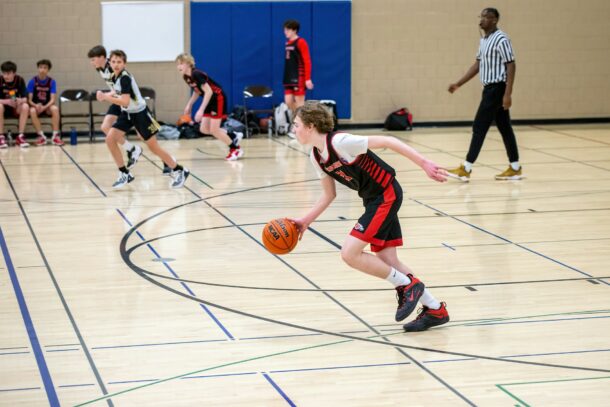As coaches, we often find ourselves at the crossroads of development and discipline in youth basketball, trying to navigate the delicate balance that shapes the young athletes under our guidance. The journey of coaching youth basketball extends beyond the court, requiring us to foster an environment that encourages growth while instilling a sense of responsibility in our players.
Understanding the Unique Dynamics
Youth basketball coaching comes with its own set of challenges, particularly when it comes to disciplining and developing young athletes. Unlike older players, the younger ones may not have the same level of control over their lives, making it essential to tailor our approach to their age group.
Discipline Through Discussion
Discipline doesn’t always have to be synonymous with punishment. Engaging in open and constructive discussions with players can often be more effective than imposing consequences.
Addressing behavioral issues or lapses in commitment through dialogue allows coaches to connect with their players on a personal level, fostering a sense of responsibility.
Consequences as Learning Tools
While consequences are inevitable, their nature can vary. Instead of resorting to punitive measures for every misstep, consider consequences as opportunities for learning and growth.
For example, if a team fails to meet a specific goal, use it as a chance to initiate a discussion about setting realistic expectations and working collectively towards improvement.
Tailoring Consequences to Age and Situation
Understanding that each age group has different needs and levels of control is crucial. What works for a group of 17-year-olds might not be suitable for 11-year-olds.
Tailor consequences to be age-appropriate, ensuring that the punishment or learning experience is both meaningful and impactful for the players involved.
Competition and Consequences
Incorporating healthy competition into practice sessions can also serve as an effective way to balance discipline and development. Turning drills into friendly competitions not only keeps players engaged but also introduces consequences for the losing team.
This can range from running sprints to creative challenges, driving home the importance of effort and teamwork.
Building a Positive Team Culture
Ultimately, the goal is to build a positive team culture that promotes both discipline and development. Encourage players to take ownership of their actions, fostering a sense of accountability.
By creating an environment where players feel supported and motivated to improve, coaches can strike the right balance between discipline and development in youth basketball.
Balancing discipline and development in youth basketball coaching requires a thoughtful and adaptable approach. By prioritizing open communication, using consequences as learning tools, and tailoring strategies to the age and situation, coaches can create an environment that not only shapes skilled athletes but also instills valuable life lessons in the process.
Related: Teaching Dribble Handoffs in Youth Basketball
Resources:
Coach Unplugged Podcast:
If you found this useful, don’t forget to check out additional blog posts at TeachHoops.com. Also, check out TeachHoops on Facebook, Twitter, Instagram and YouTube.








